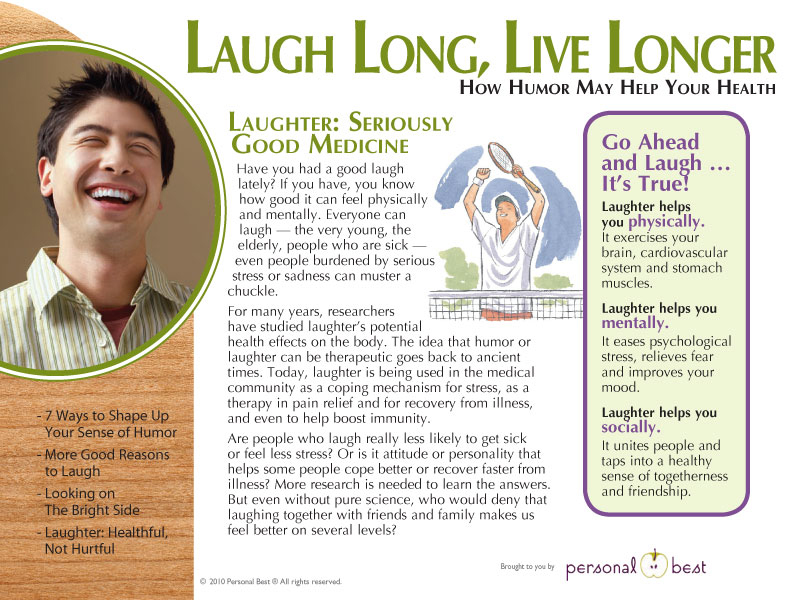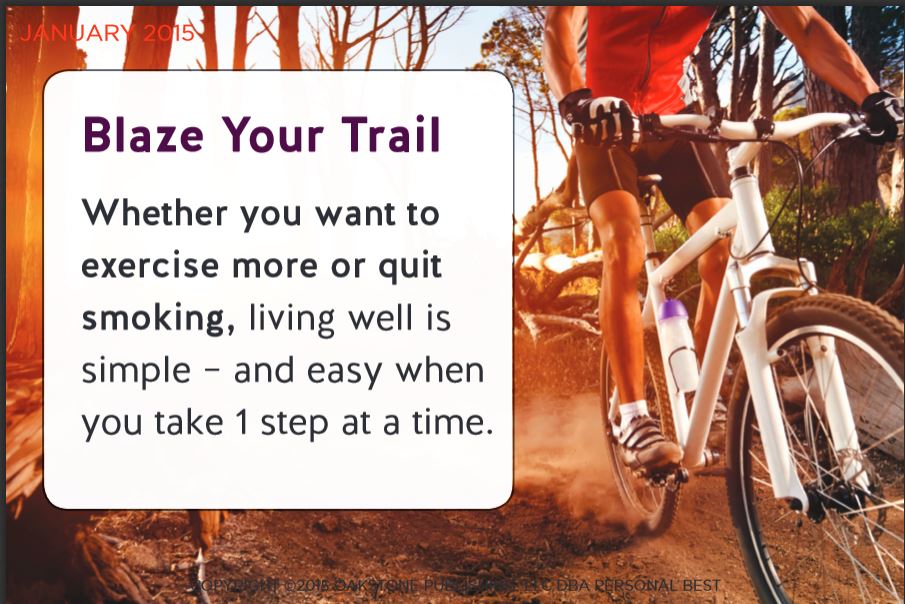The Basics
How often should I get screened (tested)?
How often you should get screened for cervical cancer depends on how old you are and which tests you get.
If you are age 66 or older, ask your doctor if cervical cancer screening is recommended for you.
What happens during a Pap test?
A Pap test takes about 2 to 5 minutes. It may feel uncomfortable, but a Pap test doesn’t hurt.
While you lie on the exam table, the doctor or nurse will put a medical tool (called a speculum) into your vagina and open it to see your cervix. The doctor or nurse will use a special brush to collect a few cells from your cervix. These cells are sent to a lab to be checked by an expert.
The doctor or nurse will also do a pelvic exam to check your uterus, ovaries, and other organs.
What is cervical cancer?
Cervical cancer is cancer of the cervix, which is the lower, narrow part of the uterus (or womb).
Abnormal cells in the cervix can turn into cancer if they are not found early and treated. Cervical cancer is more common in women over age 30.
The cervix connects the uterus (or womb) to the vagina.

Learn more about cervical cancer and screening:
Take Action!
Take these steps to help prevent cervical cancer.
Schedule your Pap test.
Call a doctor’s office or local health clinic to schedule your Pap test and pelvic exam.
What about cost?
Testing for cervical cancer is covered under the Affordable Care Act, the health care reform law passed in 2010. Depending on your insurance plan, you may be able to get tested at no cost to you.
- If you have private insurance, check with your insurance provider to find out what’s included in your plan. Ask about the Affordable Care Act.
- If you don’t have insurance, find a program near you that offers free or low-cost Pap tests.
- If you have Medicare, find out how often Medicare covers Pap tests and pelvic exams.
For information about other services covered by the Affordable Care Act, visit HealthCare.gov.
Get ready for your Pap test.
Try to schedule your Pap test for a time when you won’t have your period. For 2 days before your test, doctors recommend that you don’t:
- Use tampons
- Have sex
- Use birth control creams, foams, or jellies
- Douche (rinse the vagina with water or other liquid)
Lower your risk of cervical cancer.
A major cause of cervical cancer is HPV (human papillomavirus). HPV is the most common STD (sexually transmitted disease).
Some types of HPV can cause genital and anal warts. Other types of HPV can cause cervical cancer and other cancers.
You are at higher risk of getting HPV if you:
- Started having sex before age 18
- Have unprotected sex
- Have many different sex partners
- Have a sex partner who has other sex partners
Check out these websites for more information on HPV:
Get the HPV vaccine.
Doctors recommend that women age 26 and younger get the HPV vaccine. The HPV vaccine is given in 3 shots over 6 months. The shots protect against the types of HPV that cause most cases of cervical cancer. Find out more about the HPV vaccine.
Girls and boys can get the HPV vaccine, too. If you have kids, ask their doctor about the HPV vaccine.
Get your well-woman visit every year.
During your visit, talk to the doctor or nurse about other important screenings and services to help you stay healthy. Find out more about getting your well-woman visit every year.







